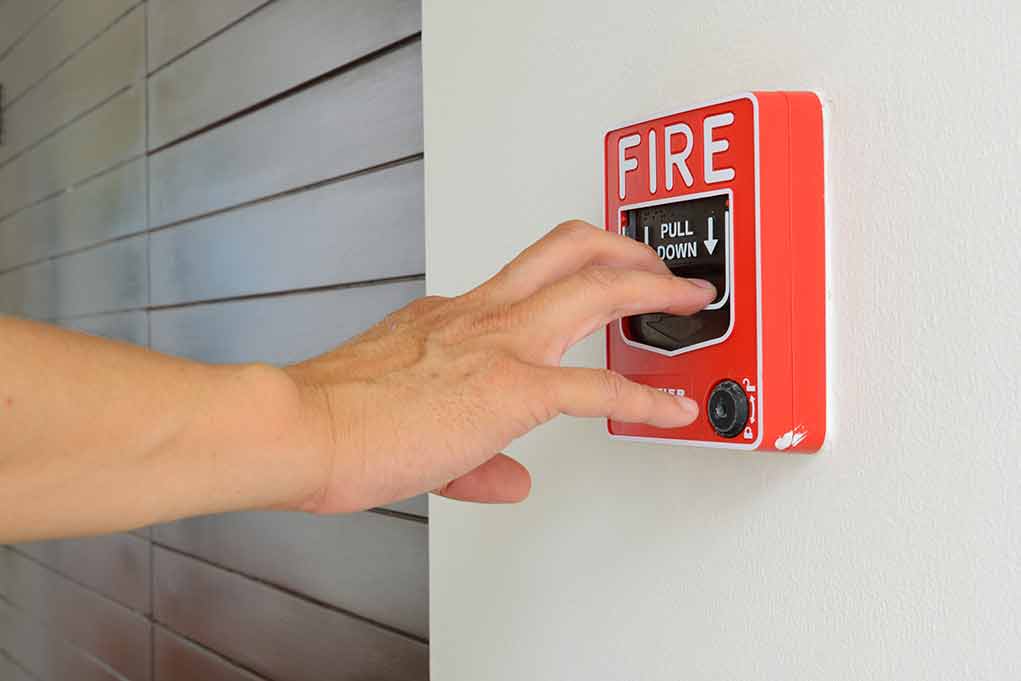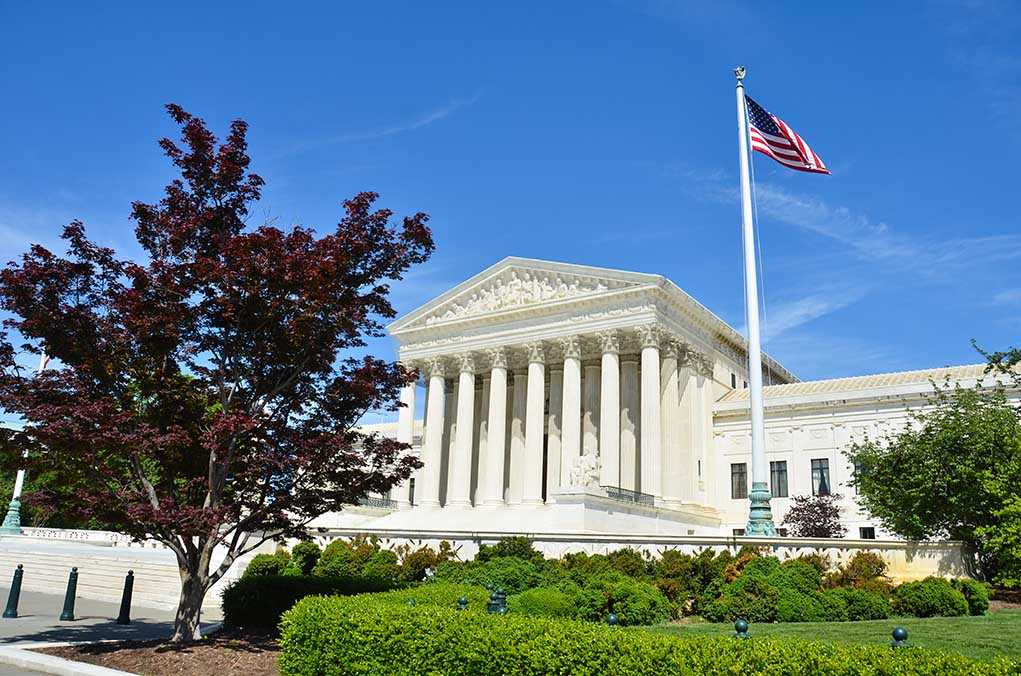
American taxpayers are footing the bill for a dangerous new TikTok trend where students deliberately set school Chromebooks on fire, forcing evacuations across multiple states and leaving parents on the hook for replacement costs up to $350 per device.
Key Takeaways
- The viral #ChromebookChallenge has spread to schools in at least nine states, with students intentionally short-circuiting laptops using metal objects like pencil leads and push pins
- Several school evacuations have occurred due to fires and smoke, disrupting education and requiring emergency service responses at taxpayer expense
- Students who participate face serious consequences, including suspension, criminal charges, and financial liability as schools bill families up to $350 per damaged device
- The dangerous trend poses risks of explosions, toxic fume exposure, and serious injuries, with participants mockingly sharing videos of the destruction on social media
- Despite TikTok claiming to remove dangerous content, the challenge continues spreading under variant hashtags like #ChromebookDurabilityTest and #FStudent
Dangerous Social Media Challenge Spreads Through American Schools
A troubling TikTok trend known as the #ChromebookChallenge is spreading rapidly through American schools, with students deliberately causing fires by short-circuiting school-issued laptops. The reckless behavior has now been reported in Connecticut, New York, California, North Carolina, Pennsylvania, New Jersey, Rhode Island, Wisconsin, and Washington. Students insert conductive materials like mechanical pencil leads, push pins, and metallic gum wrappers into laptop charging ports or USB slots, causing dangerous electrical malfunctions that frequently result in smoke, sparks, and open flames in classrooms.
What makes this trend particularly concerning is how participants proudly document their destruction, sharing videos that mock schoolwork while celebrating the disruption. These videos have garnered thousands of views across social media platforms, further encouraging copycat behavior among impressionable students. Connecticut State Fire Marshal and State Fire Administrator have issued formal warnings about the severe risks, but the challenge continues to spread despite official intervention.
Schools Face Evacuations and Financial Impact
The consequences of this destructive trend extend far beyond the damaged devices themselves. Multiple schools have been forced to evacuate entire buildings when laptop fires trigger smoke alarms or pose immediate safety threats. These evacuations disrupt valuable learning time and require emergency service responses, diverting critical community resources. In Connecticut alone, several high schools have experienced such evacuations within the past week, leaving administrators scrambling to implement heightened security measures.
“Social media trends, many that include risky behavior, are sadly on the increase. Students and parents must be aware of this latest trend involving laptops and other personal electronic devices that have the potential to cause serious injury, death, and/or property damage,” said Connecticut State Fire Administrator Jeff Morrissette
The financial impact is equally concerning. A Pennsylvania school warned families that damaged Chromebooks, each costing $350, would be billed directly to students and their families. With educational budgets already stretched thin, these unexpected expenses ultimately fall on taxpayers when families cannot afford reimbursement. The Boulder Valley School District reported multiple incidents and sent urgent communications to families warning of both disciplinary action and financial liability.
Serious Health and Safety Risks
The dangers posed by this trend go far beyond property damage and disruption. When lithium-ion batteries are compromised through intentional short-circuiting, they can release toxic fumes, cause severe burns, and potentially explode. First responders have raised alarms about the serious injury risks to students, teachers, and bystanders. The volatile nature of damaged batteries means that fires can occur unexpectedly, even after the initial tampering has taken place.
“The room at the time of the fire was filling with smoke,” said DJ Zordon
One middle school in Brooklyn sent a text message to parents with a warning that seems almost absurdly obvious: “Kids should not stick objects into electronics.” The fact that such basic safety guidance requires explicit messaging demonstrates how divorced from common sense this social media challenge has become. Schools now find themselves in the position of having to provide fundamental safety education that would have been unnecessary before the era of viral challenges.
Legal Consequences and Enforcement
Law enforcement agencies are taking this trend seriously, with police in Providence, Rhode Island, warning that participants face not only school discipline but potential criminal charges. Deliberately damaging school property violates both the Student Codes of Conduct and criminal statutes relating to destruction of public property. While social platforms like TikTok claim to “proactively remove” dangerous content, the challenge continues to spread under variant hashtags like #ChromebookDurabilityTest and #FStudent, revealing the inadequacy of current content moderation.
Parents are being advised to actively monitor their children’s social media accounts, discuss the serious risks and consequences of participating in such challenges, and cooperate with schools to identify and address problematic behavior. Education officials emphasize that beyond the immediate safety concerns, this trend highlights a deeper problem with how young people engage with social media and the sometimes destructive influence it exerts over their decision-making. The challenge facing schools and parents is not just preventing property damage, but fostering responsible digital citizenship.











